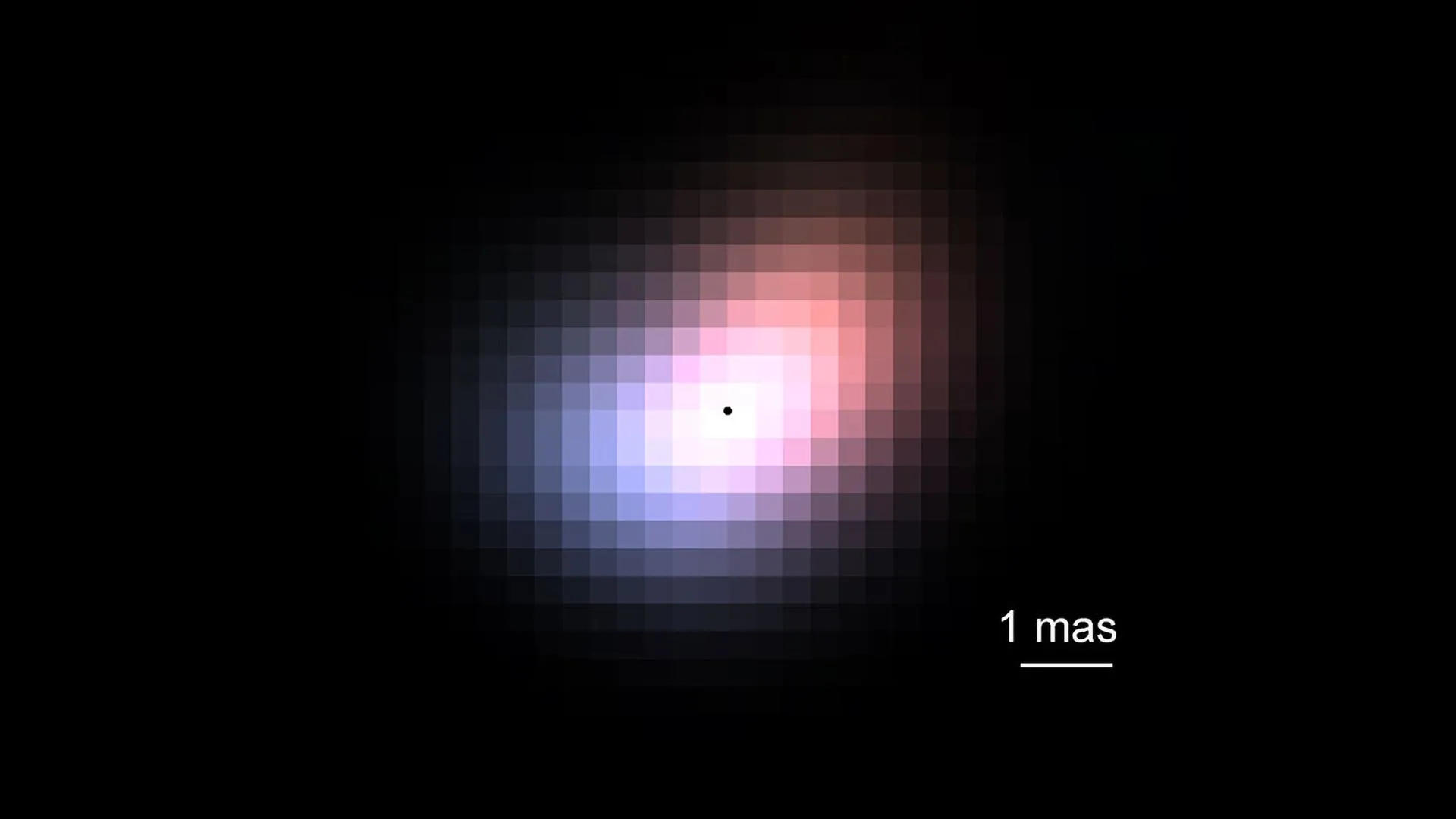On March 28, 2025, a 7.7 magnitude earthquake struck central Myanmar, near the Sagaing Fault, in one of the most powerful seismic events the region has experienced in over a century. The earthquake’s epicenter was near Mandalay, Myanmar’s second-largest city, and it became the second-deadliest earthquake in the country’s modern history.
Real-time footage reveals rapid fault slip
In the midst of the earthquake, a CCTV camera managed to record the fault’s movement in real time. This striking footage provided scientists with an incredible opportunity to study the fault’s behavior in ways never before possible. Researchers at Kyoto University analyzed the footage using a technique called pixel cross-correlation, breaking down the video frame-by-frame.
Their analysis revealed a startling discovery: the fault slipped 2.5 meters in just 1.3 seconds, with a maximum speed of 3.2 meters per second. This rapid movement confirmed that the fault experienced a pulse-like rupture, where the slip occurred in a concentrated burst, similar to the way a ripple spreads when a rug is flicked.
A New Breakthrough in Understanding Earthquake Behavior
This event provided unprecedented insight into the mechanics of earthquakes. While previous seismic studies had suggested that faults might rupture in pulse-like bursts, these theories had remained largely indirect, based on seismic data recorded far from the fault itself. The new footage, however, allowed researchers to capture these events with remarkable detail.
According to Jesse Kearse, the corresponding author of the study, “The brief duration of motion confirms a pulse-like rupture, characterized by a concentrated burst of slip propagating along the fault, much like a ripple traveling down a rug when flicked from one end.”
Fault Movements are not Always Linear
One of the most intriguing aspects of the footage was the observation that the fault’s slip path was not perfectly straight but curved. This finding aligns with earlier geological observations from other fault zones around the world, suggesting that fault movements might typically follow a curved path rather than a perfectly linear one.
This discovery challenges previous assumptions about the nature of fault movements and provides a new angle for researchers to consider when studying earthquake behaviors.
Video-based Monitoring could Revolutionize Seismology
The research emphasizes the potential of video-based monitoring to transform the field of seismology. By capturing such detailed, real-time data, researchers can now observe the dynamics of fault movements with a precision that traditional seismic instruments simply cannot offer. This new form of monitoring could significantly enhance our ability to understand and predict earthquakes, ultimately helping to improve earthquake preparedness and reduce risks in earthquake-prone areas.
As Kearse states, “We did not anticipate that this video record would provide such a rich variety of detailed observations. Such kinematic data is critical for advancing our understanding of earthquake source physics.”

